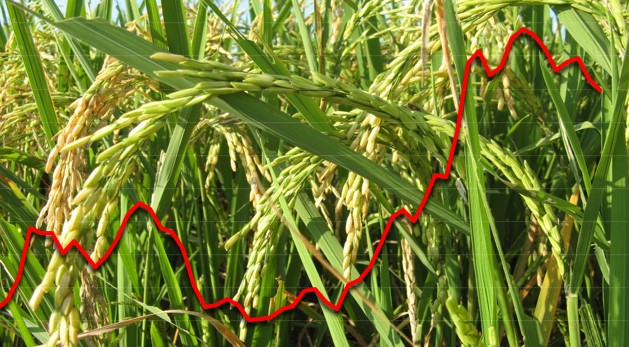
In August, world rice prices fell again by an average of 1.5%. This downward trend began in mid-June, and import demand remains relatively low as traders anticipate a release in the India’s export restrictions on non-basmati white rice. However, these measures were still in place as of mid-September, despite domestic pressure on the Indian government. Only Vietnamese prices showed some resilience, thanks to strong demand from the Philippines and Indonesia, the two largest rice importers in the world. In early September, after a brief rise due to a new tender from Indonesia and the strength of Asian currencies against the dollar, world prices fell back to their lowest level in three months, influenced by slowing global demand and, more significantly, by the progressive arrival of new Asian crops. These are expected to be better than anticipated due to good rainfall during the growing season. World trade is projected to decline by 1.5% for the second consecutive year. However, the continuation of the downward trend in global prices could stimulate international trade in 2025, with a forecasted increase of 2.5%.
